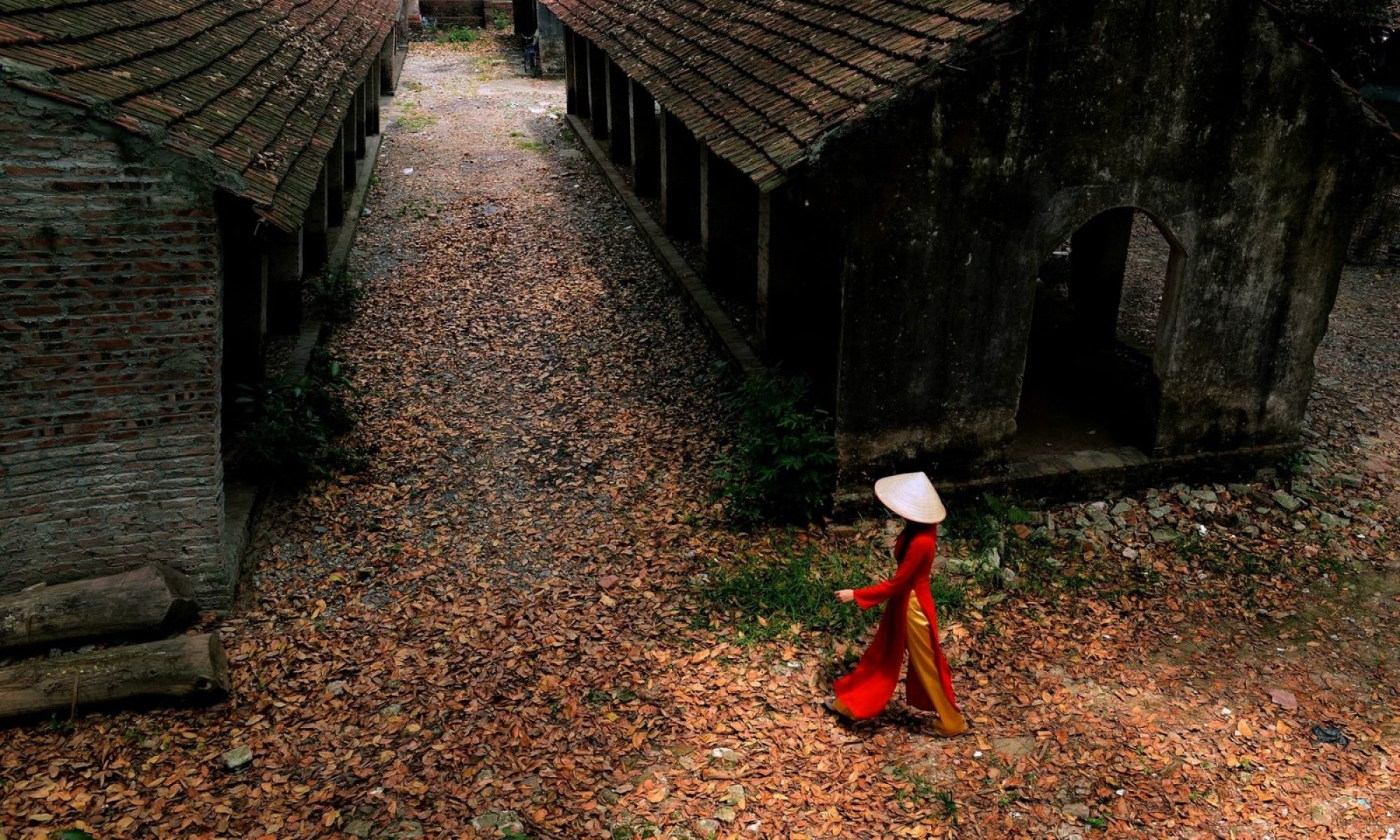
- This event has passed.
FVH special film night in memory of the 113rd birthday of journalist WILFRED BURCHETT
September 14, 2024 @ 7:00 PM - 9:30 PM

A double bill tribute to Wilfred Burchett – this is a real treat to watch these 2 films made about this amazing journalist giving fascinating insight into his time in SE Asia and Vietnam. These are 2 films not to be missed.
- 18:30 – 19:00 arrival/register
- 19:00 – 20:00 The first film – ‘PUBLIC ENEMY NUMBER ONE’
- 20:00 – 20:15 Introduction about the second film by George Burchett
- 20:15 – 21:10 The second film – ‘JOURNALIST WILFRED BURCHETT VISITS THE LIBERATED ZONES OF SOUTH VIETNAM (1964)’
- 21:10 – 21:30 Q&A with his son George Burchett
FILM NOTES
PUBLIC ENEMY NUMBER ONE
“One man, Wilfred Burchett, alerted Western public opinion to the nature of this war and the struggle of the Vietnamese people.” — Bertrand Russell
PUBLIC ENEMY NUMBER ONE has received the following awards:
– Best Film, Sydney Film Festival, 1981
– Chris Statuette, Columbus Film Festival, 1981
– Edinburgh International Film Festival, 1981
– Golden Gate Award, San Francisco Film Festival, 1981
– Blue Ribbon, American Film Festival, 1981
– Second Place, Baltimore International Film Festival, 1981 – Berlin Film Festival, 1981
For most of his working life, Burchett chose to report from “the other side.” His unorthodox views and activities caused him to be labelled a traitor by many, and to be barred from returning to his native Australia. Burchett was the first Western journalist to report on the devastating after effects of the atomic bomb dropped on Hiroshima. During the Vietnam war he lived among the Viet Cong, and was a friend and admirer of Ho Chi Minh.
“I write this as a warning to the world….” So began the story filed at Hiroshima in August 1945 by Wilfred Burchett, the first Western journalist to witness the devastation of nuclear war. While 250 journalists were reporting on the Japanese surrender, Burchett alone realized the real story was in that doomed city, officially off limits to outsiders. His article in the Daily Express on September 5, 1945,
The Wilfred Burchett Story, 1981 Directed by David Bradbury
60 minutes
A stunning documentary on the life and work of controversial Australian journalist Wilfred Burchett.
entitled “The Atomic Plague”, was the first public report to mention the effects of radiation and nuclear fallout.
World War ll was the last war that Australian Wilfred Burchett was to report from his countrymen’s side. It was his firm conviction that the West was wrong in Korea, and wrong later in Vietnam, and the stories he filed outraged the West.
His long-standing friendship with Ho Chi Minh, the leader of North Vietnam, enabled him to live among the Vietcong. PUBLIC ENEMY NUMBER ONE includes footage from the Vietnamese archives rarely seen in the West.
Was Burchett a traitor as his detractors claim? There are no easy answers. Burchett insists he was exercising his journalistic responsibility in reporting the truth. The West, he felt, was getting only a distorted view of the conflict. His critics, however, felt he was abetting the enemy and even brainwashing allied prisoners. The Australian Government denied him a passport for 17 years, forcing him to live in exile (Burchett’s two sons were born in Hanoi). In tracing Burchett’s life and the wars he covered, PUBLIC ENEMY NUMBER ONE raises many issues of vital importance.
Can a democracy tolerate opinions it considers subversive to its national interest? How far can freedom of the press be extended in wartime?
A gripping part of the film occurs when filmmaker Bradbury was ambushed with Burchett by Cambodian guerillas on a mountain road. In the tradition of photojournalism, Bradbury’s camera kept rolling, recording the bloody scene. Burchett escaped injury but could not escape the irony that confronted him in Cambodia. The Pol Pot regime, which he had earlier championed, had turned Cambodia into a killing ground worse than Hiroshima.
2nd film.
JOURNALIST WILFRED BURCHETT VISITS THE LIBERATED ZONES OF SOUTH VIETNAM (1964)
1964 Documentary film produced by the Liberation Studios of the National Liberation Front of South Vietnam.
English and French with English subtitles.
In late 1963, Wilfred Burchett embarked on his “greatest journalistic enterprise since Hiroshima” – as he himself describes it his Memoirs. He spent almost six months – from October 1963 to late March 1964 – travelling through National Liberation Front (NLF, aka Viet Cong) controlled zones of South Vietnam. His journey began in the Central Highlands (Tay Nguyen) – and took him on foot, bicycle, horseback and by boat to Cu Chi, to the very outskirts of Saigon, and all the way down to the Mekong Delta.
Parts of his visit to the Liberation Zones of South Vietnam were recorded by NLF cameramen and photographers – and by Wilfred Burchett himself. The result is this fascinating 49- minute black and white documentary film – recently discovered in an Italian film archive.
The film is a unique document from every point of view. It is a remarkable piece of documentary film making, produced in extremely difficult war conditions, in the early stages of the Vietnam War, or the American War, as it is known in Vietnam. The film not only records the first visit by a Western reporter – whose country would send troops to support the U.S. war effort in Vietnam – but most importantly, it shows why the people of South Vietnam were resisting the brutal U.S.-backed Diem regime in Saigon and what they were fighting for.
Here’s a story George Burchett wrote for Vietnam News which mentions the film and how he discovered it:
Venue: TPD Center, 18A Ngo Tat To Street, Văn Mieu, Dong Da Dist., Hanoi
Time: 19:00 – 21:30, Saturday 14/9/2024
Contribution for venue rental: VND 200,000/person (please pay in cash)
Please RSVP including mobile number to email: phuongvan272@gmail.com


